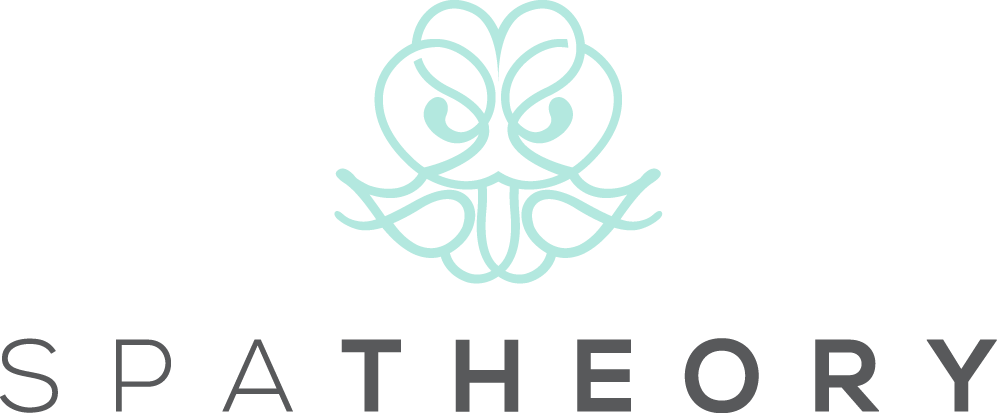Reflexology and Massage: Key Differences
When it comes to the wide spectrum of healing therapies, reflexology and massage are two well-regarded, popular, and highly effective techniques, and although they may appear similar in some respects, it’s essential to understand the differences between them in order to choose the most suitable therapy for your specific needs. In this comprehensive article, we’re going to dive into the unique features and benefits of both reflexology and massage, and explore the key distinctions between these two healing therapies. Let’s take a look!
What is reflexology?
Originating from ancient China, Egypt, and India, reflexology is a holistic healing method grounded in the belief that the feet, hands, and ears contain reflex points corresponding to all the organs, glands, and body parts; by skillfully applying pressure to these specific points, a trained reflexologist can encourage the body's innate healing capabilities, restore balance, and alleviate various ailments.
Employing a unique blend of pressure, stretching, and massage techniques, reflexology primarily targets the feet but can also be performed on the hands and ears; it is not a full-body massage and does not involve the manipulation of soft tissues or muscles.
The benefits of reflexology
Reflexology has been lauded for its ability to promote relaxation, reduce stress, and improve overall well-being; research suggests that it may also provide relief from a plethora of health issues, including but not limited to: headaches, migraines, hormonal imbalances, digestive disorders, and chronic pain. With its focus on the feet, reflexology can be particularly helpful for those who spend long hours on their feet or experience foot pain; being a non-invasive, natural, and drug-free therapy, it’s often an appealing option for those seeking alternative or complementary treatments for long-term conditions.
What is massage?
Massage, on the other hand, is a broader term encompassing a vast array of techniques designed to manipulate the body's soft tissues, muscles, and fascia to release tension, relieve pain, and promote relaxation. While reflexology targets specific reflex points, massage therapists employ a variety of strokes and pressure levels to work on the entire body, or specific regions, depending on the individual's needs and preferences. There are numerous massage styles to choose from, including Swedish, deep tissue, sports, and hot stone, among others; each with its unique focus and approach to addressing physical, emotional, and mental well-being.At Spa Theory, we even offer a luxury mobile massage in Atlanta, where we bring the massage table to your home, hotel, or other private residence.
Benefits of massage therapy
So, what are the benefits of massage therapy? Here are just a few:
Alleviating muscle tension and pain
Massage therapy effectively relieves muscle tension and pain by targeting tight muscles and knots, increasing blood flow, and improving flexibility; this results in reduced discomfort and enhanced mobility, allowing you to enjoy an improved quality of life.
Boosting immunity and circulation
The therapeutic strokes and pressure applied during massage can stimulate the lymphatic system, encouraging toxin removal and enhancing immune function; additionally, massage boosts blood circulation, delivering vital nutrients and oxygen to the body's cells for optimal health.
Promoting relaxation and reducing stress
Massage helps to calm the nervous system, reduce stress hormones, and release feel-good endorphins, fostering a deep sense of relaxation and well-being; the benefits of regular massages can include better sleep, improved mood, and enhanced mental clarity.
Supporting injury recovery
Massage therapy can also play a crucial role in injury recovery and prevention by reducing inflammation, promoting tissue healing, and improving muscle flexibility and strength; athletes and individuals recovering from injuries can greatly benefit from tailored massage treatments, ensuring optimal healing and performance.
Reflexology vs Massage: Key differences
While reflexology and massage share some similarities in terms of promoting relaxation and well-being, there are several key differences that set them apart:
Area focus
The primary distinction between reflexology and massage lies in the area of focus, as reflexology targets reflex points on the feet, hands, and ears, whereas massage works on the entire body or specific regions, depending on the client's needs. Plus, reflexology is rooted in the concept of energy flow and the interconnectedness of body parts, whereas massage revolves around the manipulation of soft tissues and muscles for therapeutic purposes.
Techniques
Another significant difference between these two modalities is the technique employed by practitioners; reflexologists use precise pressure and stretching techniques on specific reflex points, while massage therapists can use a range of strokes, pressures, and movements to manipulate the body's soft tissues. Consequently, reflexology is more targeted in its approach, whereas massage therapy offers a broader, more encompassing treatment.
Target-based approach
Lastly, the choice of modality often depends on the individual's specific needs and preferences; reflexology may be more suitable for those seeking a non-invasive, natural therapy to address specific health concerns, while massage therapy may be better suited for individuals looking for a comprehensive treatment to alleviate muscle tension, improve circulation, and promote overall relaxation.

